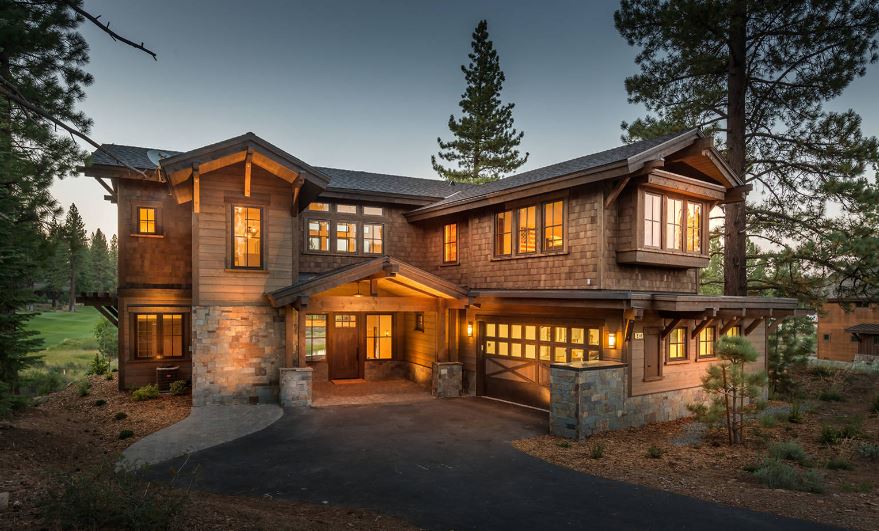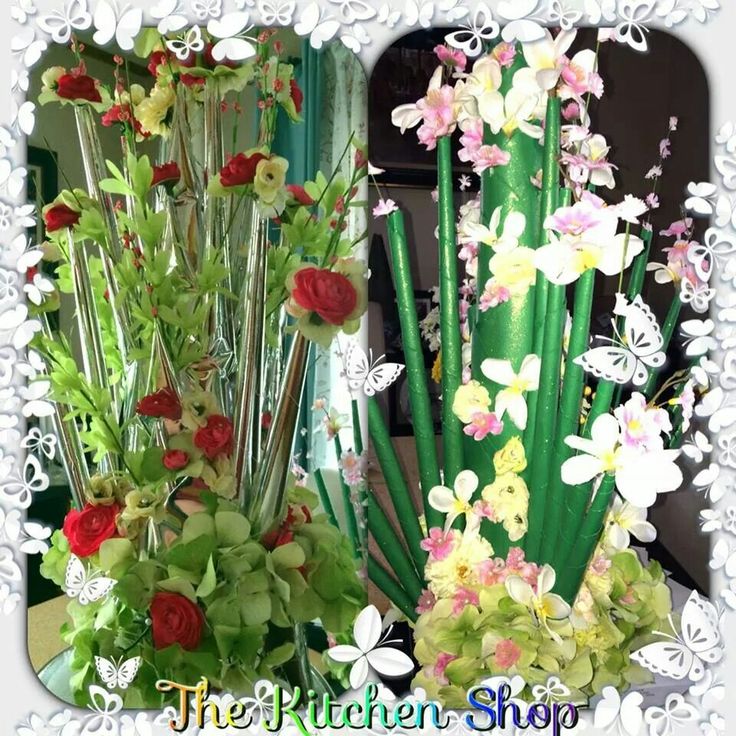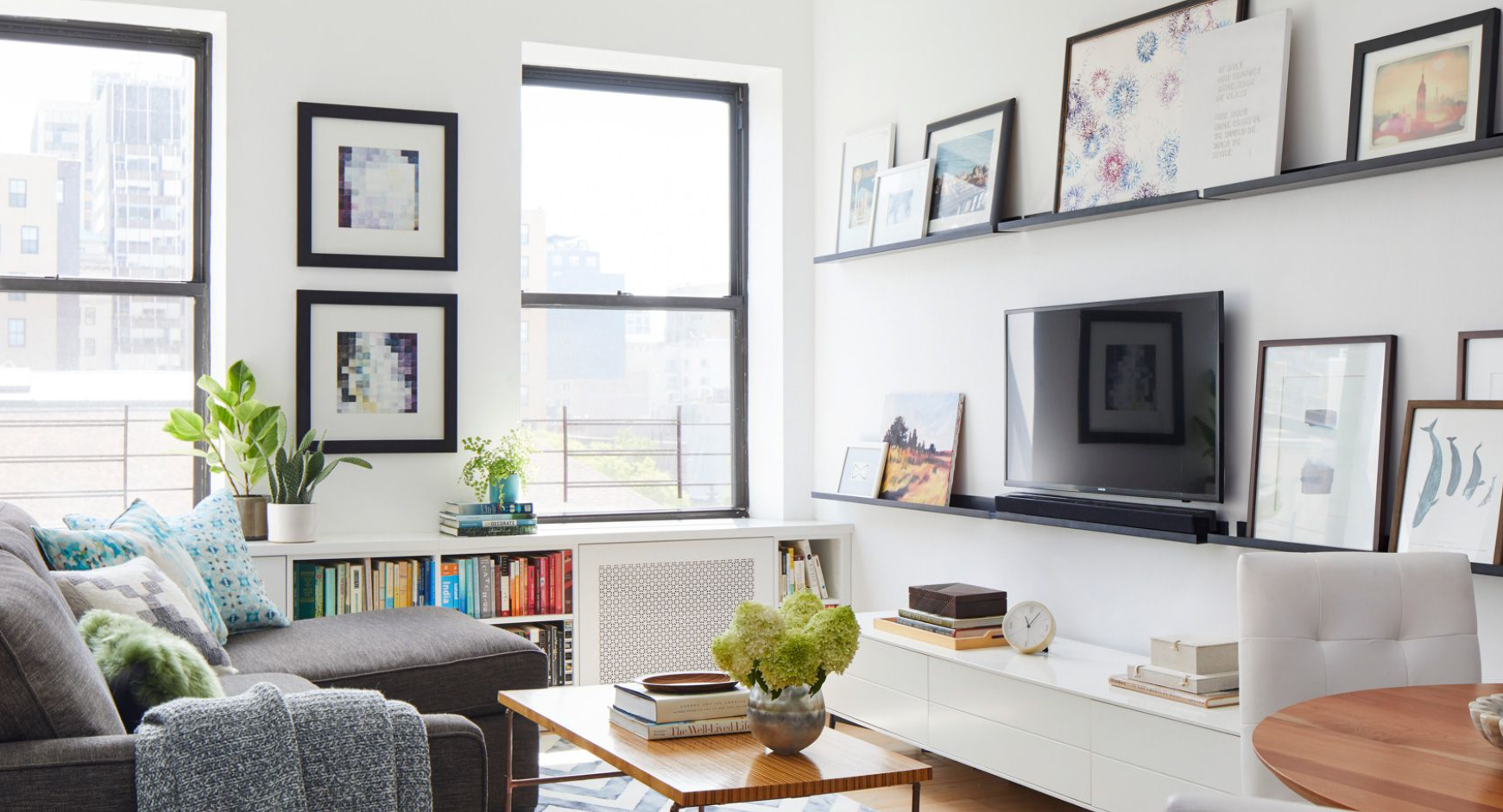Clean aesthetic house is all about creating a space that feels both modern and calming. It’s about thoughtful design, minimalist furnishings, and a focus on functionality. This guide dives deep into the elements of creating a clean aesthetic, from choosing the right colors and materials to optimizing space and incorporating smart home tech.
We’ll explore different rooms – from the living room to the kitchen and bathroom – and show you how to achieve this look. Get ready to transform your home into a serene and stylish sanctuary!
Defining the Clean Aesthetic
The clean aesthetic in interior design prioritizes simplicity, functionality, and a sense of calm. It’s a style that emphasizes uncluttered spaces and a harmonious balance of form and function. This approach often appeals to those seeking a tranquil and visually appealing living environment.This style focuses on creating a visually uncluttered space where the essence of each item is highlighted.
A sense of order and tranquility permeates the environment, often achieved through a neutral color palette and the strategic use of textures and materials. This style is a departure from overly ornate designs and embraces a streamlined, minimalist approach.
Color Palettes
Neutral color palettes are a cornerstone of the clean aesthetic. These palettes typically feature shades of white, gray, beige, and various muted tones. Warm grays and soft beiges can add depth and warmth without sacrificing the clean lines. These palettes are often paired with accents of natural wood tones or pops of color that maintain the overall harmony.
The key is to avoid clashing colors and maintain a sense of cohesiveness. Examples include a soft gray living room with warm beige accents or a crisp white kitchen with pops of sage green.
Textures and Materials
The selection of textures and materials is critical in achieving a clean aesthetic. Natural materials like wood, stone, and linen are often preferred for their warmth and organic quality. Smooth surfaces, such as polished concrete or glass, contribute to the minimalist feel. The choice of materials should be deliberate and purposeful, complementing the color scheme and enhancing the overall visual appeal.
Examples include using polished concrete floors, wood cabinetry, and linen upholstery.
Comparison with Other Styles
The clean aesthetic contrasts sharply with styles like maximalism, which emphasizes abundance and layering. While maximalism revels in bold colors and patterns, the clean aesthetic embraces neutrality and restraint. Compared to traditional styles, which often feature intricate details and ornamentation, the clean aesthetic prioritizes simplicity and clean lines. Furthermore, compared to bohemian styles, which frequently feature a mix of eclectic patterns and textures, the clean aesthetic favors a harmonious and balanced approach with a focus on a well-defined and calm environment.
Key Characteristics
A clean aesthetic home is characterized by several key elements. These include a neutral color palette, simple shapes, and clean lines. Furniture pieces are often streamlined and minimalist, highlighting functionality over elaborate design. The use of natural light is maximized to enhance the spaciousness and brightness of the space. Other key characteristics include uncluttered surfaces, an emphasis on functionality, and the use of high-quality materials.
Minimalism and the Clean Aesthetic
Minimalism is a key principle underlying the clean aesthetic. Minimalism emphasizes the elimination of unnecessary elements to create a space that is both functional and visually appealing. The principles of minimalism—simplicity, functionality, and a focus on quality over quantity—align perfectly with the clean aesthetic. Minimalism emphasizes the importance of a thoughtfully curated space, which directly aligns with the clean aesthetic’s goal of creating a harmonious and uncluttered living environment.
Furnishings and Decor
A clean aesthetic home prioritizes simplicity and functionality. This extends to the furnishings and decor, emphasizing clean lines, neutral palettes, and carefully curated pieces. The goal is to create a visually uncluttered space that feels both serene and inviting.The key to achieving this aesthetic is about mindful selection and strategic placement. Overly ornate or busy designs clash with the core principles of clean design.
Instead, focus on items that are both visually appealing and practical, contributing to the overall sense of calm and order.
Furniture Suitable for a Clean Aesthetic
Furniture for a clean aesthetic should be characterized by simple forms and uncluttered designs. Consider pieces with clean lines, geometric shapes, and a neutral color palette. Avoid fussy details or ornamentation. Modular furniture systems are ideal for adaptability and a streamlined look. Pieces like low profile sofas, simple side tables, and sleek coffee tables are excellent choices.
Reclining chairs, with their complex curves, would not be suitable for this style.
Minimalist Decor Items
Minimalist decor items focus on visual impact without clutter. Geometric artwork, abstract sculptures, and minimalist wall hangings are excellent examples. Neutral-toned throw pillows, or perhaps a single, well-placed patterned throw, can add visual interest without overwhelming the space. Plants, strategically placed, serve as a natural and elegant element. Avoid excessive knick-knacks or decorative items.
Lighting to Enhance the Clean Aesthetic
Strategic lighting is crucial for a clean aesthetic. Ambient lighting, like recessed lighting or a stylish pendant light, creates a welcoming glow. Task lighting, such as desk lamps, should be sleek and unobtrusive. Natural light is key; maximize it through large windows and reflective surfaces. Avoid overly dramatic or overly decorative lighting fixtures.
Consider the effect of light on different surfaces and how it creates shadows.
Incorporating Plants into a Clean Aesthetic Space
Plants are a natural way to add life and texture to a clean aesthetic space. Choose plants with clean lines and minimal foliage. Succulents, air plants, and small potted ferns are ideal. Consider a collection of similar plants in varying heights and textures to create visual interest. Place plants strategically, ensuring they don’t overwhelm the space or create visual clutter.
Avoid overwhelming the space with too many plants, as this can negate the clean aesthetic.
Floor Plan for a Clean Aesthetic Living Room
The living room layout should emphasize open space and easy flow. A large, neutral-toned area rug anchors the space, visually defining the living area. Place the sofa and seating arrangement to encourage conversation and relaxation, without obstructing the flow of the room. Avoid unnecessary partitions or clutter-inducing features. The layout should maximize natural light and create a sense of spaciousness.
A simple layout is key to a clean aesthetic. This is an example:
- A large, open area for the sofa and seating arrangement.
- A clear pathway from the entryway to the seating area.
- A well-defined coffee table area.
- Adequate space for a dining area, if applicable.
- Strategic placement of plants to enhance visual interest.
Types of Furniture and Visual Characteristics
| Furniture Type | Visual Characteristics |
|---|---|
| Sofa | Simple lines, neutral colors, low profile, minimal ornamentation. |
| Coffee Table | Sleek design, geometric shapes, neutral colors, low height. |
| Side Table | Simple lines, geometric shapes, neutral colors, low profile, clean design. |
| Dining Table | Clean lines, geometric shapes, neutral colors, often rectangular or square. |
| Chairs | Simple lines, neutral colors, supportive, without embellishments. |
Spatial Organization and Functionality
A clean aesthetic home isn’t just about the look; it’s deeply intertwined with how the space functions. Effective spatial organization and thoughtful functionality are key to creating a truly calming and efficient environment. This section explores various strategies to maximize both beauty and practicality within a clean aesthetic.Maximizing space and minimizing clutter are essential to the clean aesthetic.
Clever storage solutions, strategic layouts, and seamless integration of technology are crucial components for achieving this.
Storage Solutions for a Clean Aesthetic
A well-organized home often features hidden storage solutions to maintain the clean aesthetic. Using storage that blends with the design is vital. Consider these options:
- Built-in cabinets and shelving: These offer a seamless and integrated look, effectively maximizing vertical space and concealing storage items. They’re especially effective in smaller spaces where every inch counts.
- Under-bed storage: This often overlooked space can house seasonal items, extra blankets, or off-season clothing, freeing up valuable floor space.
- Multi-functional furniture: Look for furniture with built-in storage, such as ottomans with hidden compartments, coffee tables with drawers, or benches with storage beneath.
- Clear containers and baskets: Transparent storage solutions allow you to easily see what’s inside, keeping the aesthetic clean and organized. Use baskets to corral items in a visually pleasing way.
- Wall-mounted organizers: These are excellent for small spaces and can hold everything from toiletries to books, maximizing vertical space and minimizing clutter on surfaces.
Creating a Sense of Spaciousness
Creating the illusion of more space is a core tenet of the clean aesthetic. This often involves strategic use of color, lighting, and furniture choices.
- Light and airy colors: Light, neutral colors like whites, creams, and pastels reflect light, making rooms feel larger and brighter. These colors are highly effective in clean aesthetic designs.
- Strategic use of mirrors: Mirrors can visually expand a room by reflecting light and creating a sense of depth. Placing mirrors opposite windows amplifies the natural light in a space.
- Minimalist furniture: Choose furniture with clean lines and simple silhouettes. Avoid bulky pieces that can overwhelm a room. Less is more, in this case.
- Open floor plans: If possible, open floor plans can make rooms feel larger and more connected. This is particularly effective in smaller homes.
- Decluttering and purging: A key factor in creating spaciousness. Regular decluttering keeps rooms feeling less cramped and visually appealing.
Incorporating Smart Home Technology
Smart home technology can seamlessly integrate into a clean aesthetic design, enhancing functionality and sophistication.
- Smart lighting systems: Automated lighting systems can adjust brightness based on the time of day or presence, providing a sophisticated and energy-efficient touch.
- Automated blinds and shades: These systems can adjust light levels and privacy automatically, adding a layer of convenience and elegance to the space.
- Smart speakers and assistants: These devices can control various aspects of the home, from lighting to temperature, providing a user-friendly and intuitive experience.
- Integrated security systems: Modern security systems often offer a clean and discreet design, fitting seamlessly into the aesthetic.
- Consider sleek designs that match the clean aesthetic’s aesthetic preferences.
Decluttering and Organization for the Clean Aesthetic
Decluttering and organization are fundamental to achieving a clean aesthetic. These processes create order and a sense of peace.
- Regular decluttering: Establish a routine for regularly reviewing and decluttering different areas of the home.
- Categorize items: Sort items into categories for easier organization, ensuring that everything has a designated place.
- Designated spaces for everything: Every item should have a designated space within the home.
- Maintain consistent organization: Establish and maintain habits to ensure that the home remains organized over time.
- Embrace minimalism: Keep only essential items, promoting a clutter-free environment.
Room Layouts for Maximizing Space
Effective room layouts can significantly impact the perceived size and functionality of a space. The following table Artikels various layouts and their advantages within a clean aesthetic.
| Room Layout | Effectiveness | Clean Aesthetic Considerations |
|---|---|---|
| Open-concept living area | Maximizes space and encourages interaction | Open layouts promote a sense of spaciousness and facilitate movement. |
| Multi-functional rooms | Optimizes space usage | Design rooms with multiple uses, such as a home office that doubles as a guest room. |
| Vertical storage solutions | Utilizes vertical space effectively | Maximize vertical space with tall bookshelves, wall-mounted cabinets, and loft beds. |
| Strategic use of furniture placement | Creates visual space | Employ furniture that optimizes the flow of the space, and avoid overcrowding. |
| Modular furniture | Flexibility and adaptability | Allows for rearrangement and customization to meet the needs of the space. |
Color Schemes and Lighting
Creating a clean aesthetic often hinges on thoughtful color choices and strategic lighting. A well-executed color scheme, combined with the right lighting, can transform a space from functional to inviting and visually appealing. The interplay of light and color can significantly impact the overall atmosphere and sense of tranquility within a room.
Calming and Neutral Color Palettes
Neutral color palettes are fundamental to the clean aesthetic. They provide a backdrop for other elements to shine without overwhelming the space. These palettes typically feature a combination of whites, creams, grays, and beiges. Consider varying shades and tones within each palette to avoid monotony. Using different textures alongside neutral colors can further enhance the clean aesthetic.
For example, a room painted a soft gray can be complemented by a textured rug or wooden accents.
- Soft Whites: A range of off-whites, ivory, and cream tones create a serene and airy ambiance. These tones reflect light effectively, making the space feel brighter and more open.
- Muted Grays: Various shades of gray, from light to dark, can add depth and sophistication to a space. They offer a subtle contrast and a calming presence. Avoid overly stark or harsh grays that might feel cold or uninviting.
- Earthy Tones: Beiges, tans, and taupe colors create a sense of warmth and grounding. These natural tones evoke a sense of tranquility and connect the space with nature.
Natural Light in a Clean Aesthetic
Maximizing natural light is key to achieving a clean aesthetic. Natural light creates a brighter, more airy, and less cluttered feel. Strategically placing furniture to optimize light capture and minimizing window obstructions can significantly enhance the space’s appeal. Large windows or skylights can further amplify the feeling of spaciousness and openness.
Subtle Accent Colors
Accent colors are used to add pops of personality and visual interest without disrupting the overall clean aesthetic. Choose colors that complement the neutral palette, such as soft blues, greens, or pinks. Introduce accent colors through smaller elements like throw pillows, artwork, or decorative objects. These touches add a touch of warmth and vibrancy without overwhelming the space.
Avoid using too many or too bold accent colors; a few carefully selected pieces can create a sophisticated impact.
Different Lighting Fixtures and Effects
Various lighting fixtures offer distinct effects on a clean aesthetic space. Pendant lights, recessed lighting, and track lighting can all contribute to a well-lit and visually appealing space. Consider the height and shape of the fixture in relation to the room’s dimensions and style. For example, a sleek pendant light over a kitchen island can add a modern touch, while recessed lighting provides ambient illumination.
Comparison of Lighting Options
| Lighting Option | Effect on Clean Aesthetic | Pros | Cons |
|---|---|---|---|
| Recessed Lighting | Creates a soft, diffused ambient light, ideal for general illumination. | Clean, unobtrusive, adaptable to various room sizes. | Can sometimes appear somewhat cold if not complemented with other lighting options. |
| Pendant Lighting | Adds a focal point, works well in kitchens or dining areas. | Stylish, adds visual interest, can be tailored to specific design needs. | Can cast shadows, may not be suitable for all room types. |
| Track Lighting | Versatile, allows for focused light on specific areas. | Flexible, adaptable to changing needs, provides task lighting. | Can look cluttered if not strategically installed. |
| Floor Lamps | Provides task lighting, adds a touch of warmth. | Versatile, adds a touch of character, can be used as decorative elements. | May take up space, not ideal for smaller spaces. |
Materials and Textures
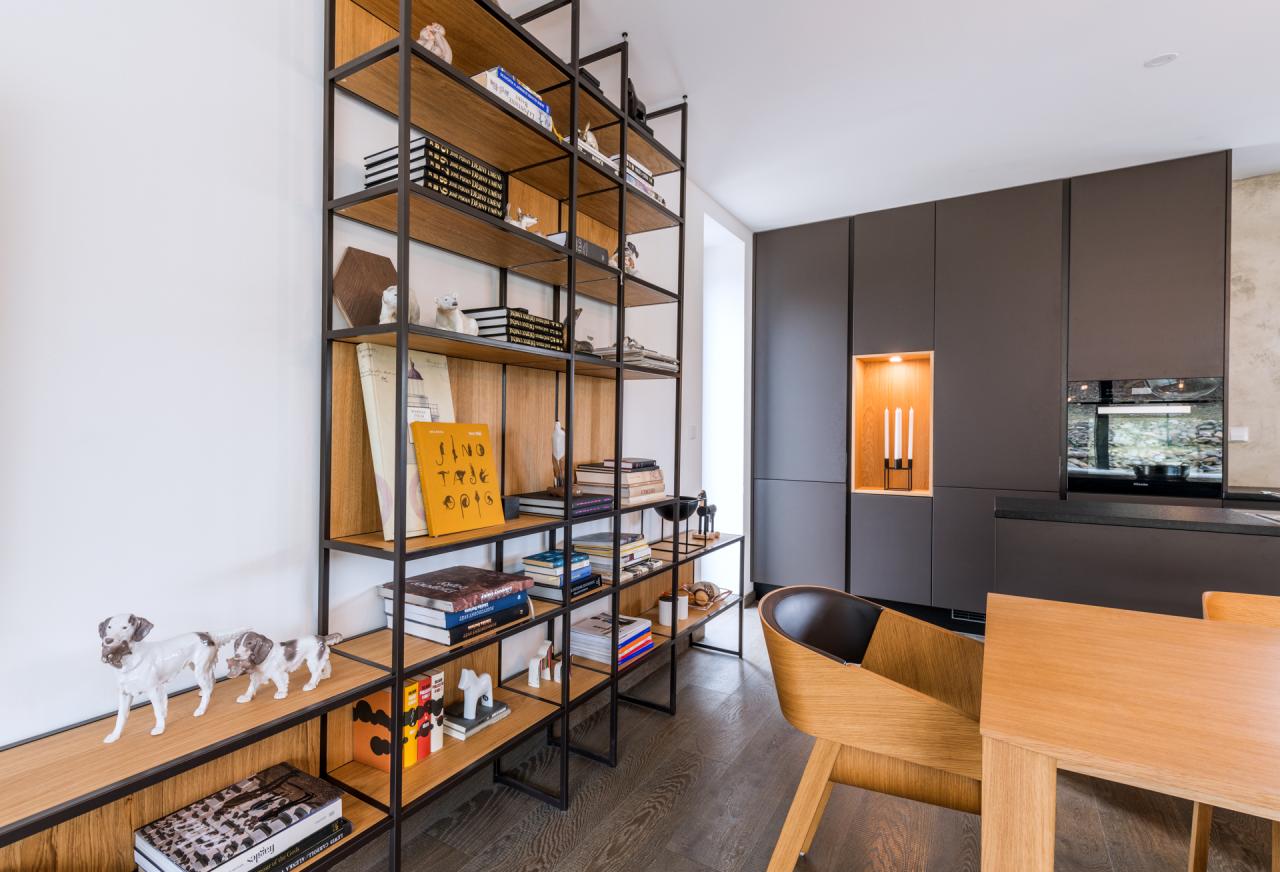
Source: com.au
A clean aesthetic often relies on the careful selection of materials and textures. The right choices can enhance the feeling of simplicity and sophistication, while poor choices can detract from the overall impression. This section explores the importance of materials and textures in achieving a truly clean aesthetic.Natural materials, when used thoughtfully, can add a touch of warmth and authenticity to a clean space.
The key is to balance the raw beauty of natural elements with the crispness of the clean aesthetic. High-quality materials are essential for maintaining a consistent and refined visual appeal.
Natural Materials in a Clean Aesthetic
Natural materials, such as wood, stone, and linen, can contribute significantly to the overall ambiance of a clean aesthetic. They bring a sense of groundedness and connection to nature, adding warmth and texture without sacrificing the clean lines that define the style. However, it’s crucial to choose materials with consistent quality and finishes to maintain the overall visual harmony.
Examples of High-Quality Materials
High-quality materials, including polished concrete, honed marble, and solid oak, create a sense of sophistication and luxury. These materials often feature smooth surfaces and clean lines, which are fundamental elements of the clean aesthetic. They also offer a timeless quality that endures trends.
Using Textures for Visual Interest
While a clean aesthetic prioritizes smooth surfaces and simplicity, subtle textures can add visual interest without disrupting the overall harmony. Think carefully placed woven rugs, textured fabrics, or natural stone accents. These elements add depth and visual interest without compromising the clean aesthetic’s essence. The key is to use these textures sparingly and strategically to create focal points that complement the space rather than overwhelm it.
Smooth Surfaces and Clean Lines
Smooth surfaces and clean lines are the hallmarks of a clean aesthetic. They promote a sense of order and sophistication. Materials like glass, polished metal, and high-gloss paint are frequently incorporated to achieve this look. These elements reflect light and create a sense of spaciousness. The consistent use of smooth surfaces and clean lines throughout a space creates a cohesive and elegant design.
Impact of Different Materials
Different materials have varying effects on the overall feeling of a clean aesthetic home. For example, the cool, smooth surfaces of polished concrete or marble can create a modern and minimalist feel. Conversely, warm woods like oak or walnut add a touch of rustic charm. The choice of materials should reflect the desired atmosphere and complement the overall design vision.
Ultimately, the selection should be made with careful consideration of the space’s purpose and the intended atmosphere.
Inspiring Images and Visuals: Clean Aesthetic House
Visual inspiration is key to translating the clean aesthetic into a tangible space. High-quality images can evoke the desired mood and showcase the interplay of form, function, and minimalist design. These visuals provide a strong foundation for the implementation of the clean aesthetic, guiding design choices and decisions throughout the project.The clean aesthetic is characterized by a visual language that emphasizes simplicity, order, and a sense of calm.
Images play a crucial role in communicating this aesthetic, highlighting the use of natural light, neutral color palettes, and clean lines.
Minimalist Living Room
A minimalist living room embodying the clean aesthetic typically features a neutral color palette, like soft grays, whites, and creams. Furniture is carefully selected for its simplicity and functionality, often with clean lines and geometric shapes. Natural light is maximized through large windows or strategically placed mirrors. Minimalist art, perhaps abstract pieces or large framed photographs, might be present to add a touch of personality without overwhelming the space.
The room’s layout is organized to facilitate a sense of openness and spaciousness, making the most of the available area.
Modern Kitchen with a Clean Aesthetic
A modern kitchen with a clean aesthetic emphasizes sleek design. Sleek cabinetry, often in white or light gray, contrasts with a countertop material like polished concrete or quartz. Stainless steel appliances with integrated handles are a common choice. Open shelving or minimalist cabinets are utilized to showcase the kitchen’s clean lines and order. The lighting is thoughtfully planned to create a bright and airy atmosphere, highlighting the surfaces and details of the design.
This kitchen’s focus is on functionality and visual appeal in equal measure.
Bathroom with a Clean Aesthetic, Clean aesthetic house
A bathroom with a clean aesthetic is characterized by its simplicity and functionality. Neutral tones, such as white or light gray, are frequently used for the walls and fixtures. The fixtures are usually minimalist and geometric, and the space is well-organized. Natural light is maximized, either through windows or skylights. The use of high-quality materials, such as porcelain or glass, contributes to the clean and luxurious feel.
Storage is integrated and unobtrusive, further enhancing the overall visual appeal.
Visual Examples of Clean Aesthetic Designs
| Design Category | Description |
|---|---|
| Modern Living Room | A living room with white walls, a minimalist sectional sofa, a coffee table with clean lines, and a large window that maximizes natural light. The room might incorporate a few well-chosen abstract pieces of art. |
| Contemporary Kitchen | A kitchen featuring sleek, white cabinets, a quartz countertop, stainless steel appliances, and open shelving to showcase cookware. The space is organized and bright. |
| Minimalist Bathroom | A bathroom with white walls and fixtures, a minimalist vanity with integrated storage, and a large, frameless mirror to maximize natural light. The floor is often tiled in a light gray or white. |
| Minimalist Bedroom | A bedroom with a neutral color scheme, a simple bed frame, and minimal decor. The bed is often the focal point, and the room is designed for relaxation and rest. |
Visual Characteristics of the Clean Aesthetic
Images illustrating the clean aesthetic generally feature a harmonious combination of several key visual elements. These include:
- Neutral Color Palettes: Images often utilize a limited palette of neutral colors, such as whites, creams, grays, and beiges, to create a sense of calm and spaciousness.
- Clean Lines and Shapes: Geometric shapes and clean lines are frequently used in furniture, fixtures, and decor. The simplicity of the lines reduces visual clutter.
- Maximized Natural Light: Natural light is often a prominent feature in images showcasing the clean aesthetic. Large windows or strategically placed mirrors help to create a bright and airy ambiance.
- Minimalist Decor: Images generally feature minimal decor, focusing on items that add personality without overwhelming the space.
- High-Quality Materials: The use of high-quality materials, such as wood, stone, and glass, is often evident in the images, adding to the luxurious and refined aesthetic.
Ultimate Conclusion
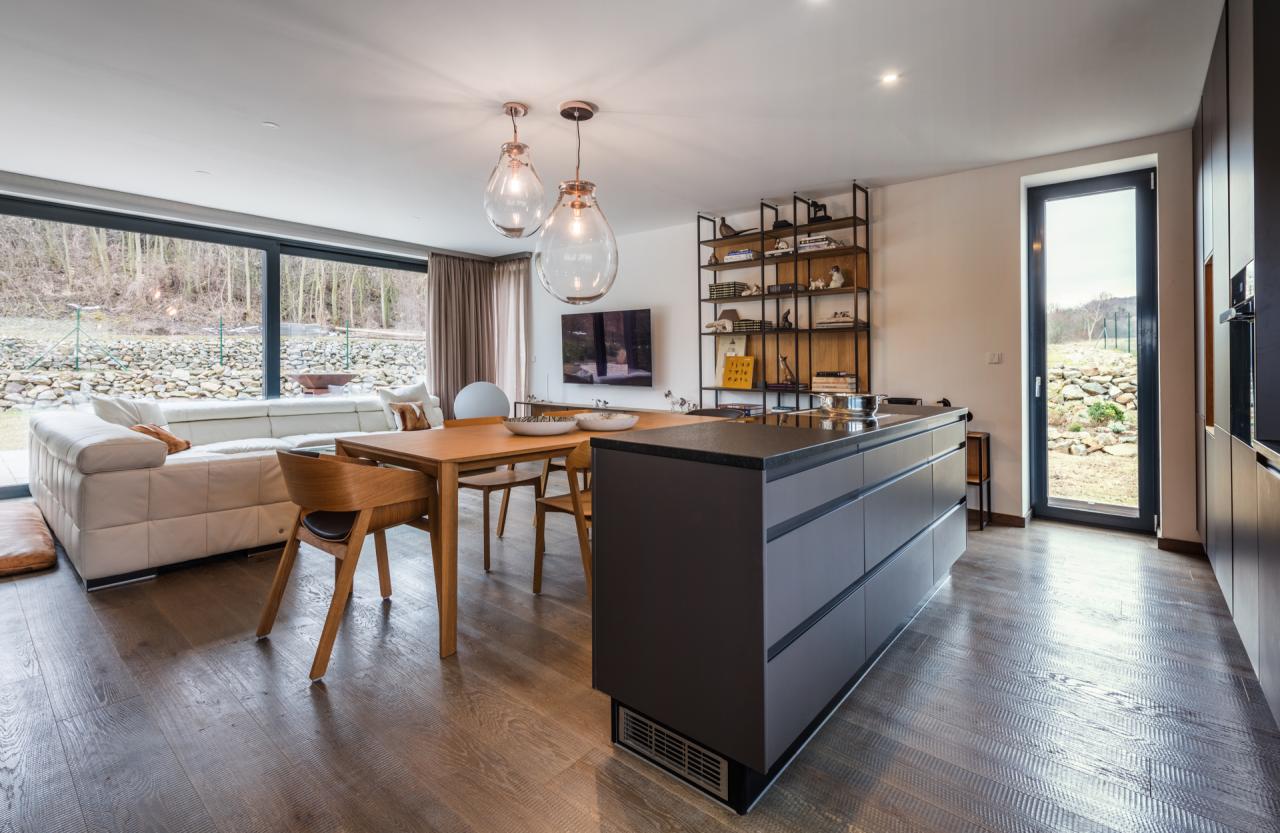
Source: com.au
In conclusion, achieving a clean aesthetic home is a journey of careful consideration, from the color palettes and materials to the functional design. This style focuses on simplicity, functionality, and a harmonious balance of visual appeal and practicality. We hope this guide has provided you with a comprehensive understanding and inspired you to create your own clean aesthetic space.
Essential FAQs
What are some common mistakes to avoid when creating a clean aesthetic?
Overloading the space with too many decorative items, choosing clashing colors, or neglecting proper lighting are common pitfalls. A clean aesthetic is about balance and restraint.
What are some natural materials suitable for a clean aesthetic?
Wood, stone, and linen are great choices. They add warmth and texture without sacrificing the clean lines.
How can I incorporate plants into a clean aesthetic?
Select low-maintenance, well-shaped plants. A few strategically placed plants can add a touch of life and visual interest without being overwhelming.
What’s the difference between a clean aesthetic and a minimalist aesthetic?
While both prioritize simplicity, a clean aesthetic can incorporate more texture and materials than a strict minimalist approach. It’s more about a cohesive, streamlined design, not just the absence of things.
- Minimalist Glass Design A Deep Dive - June 2, 2025
- Rainwater Harvesting House A Sustainable Home - May 6, 2025
- Natural Ventilation HouseA Sustainable Choice - May 6, 2025


